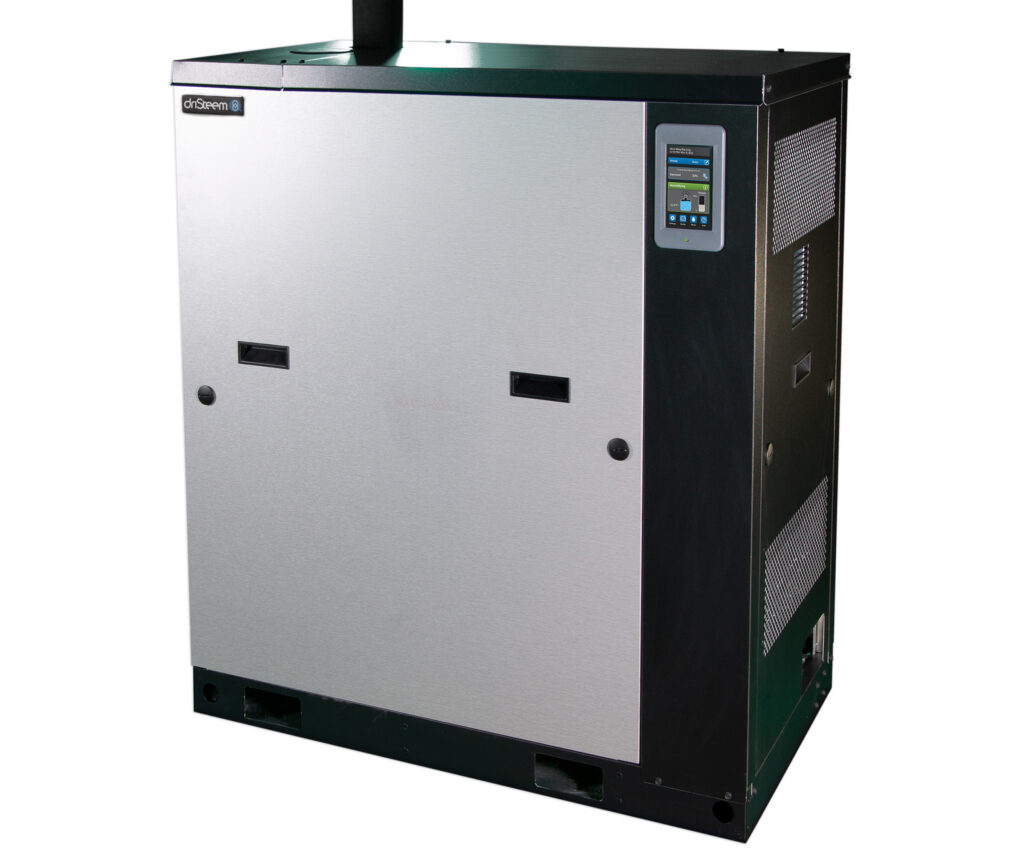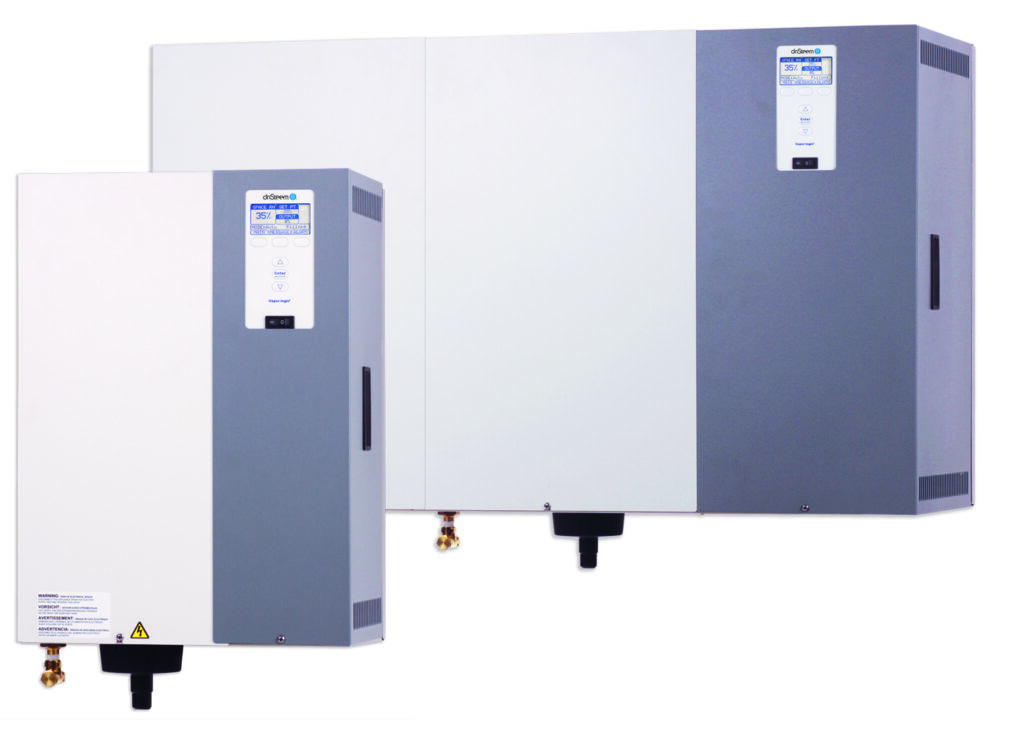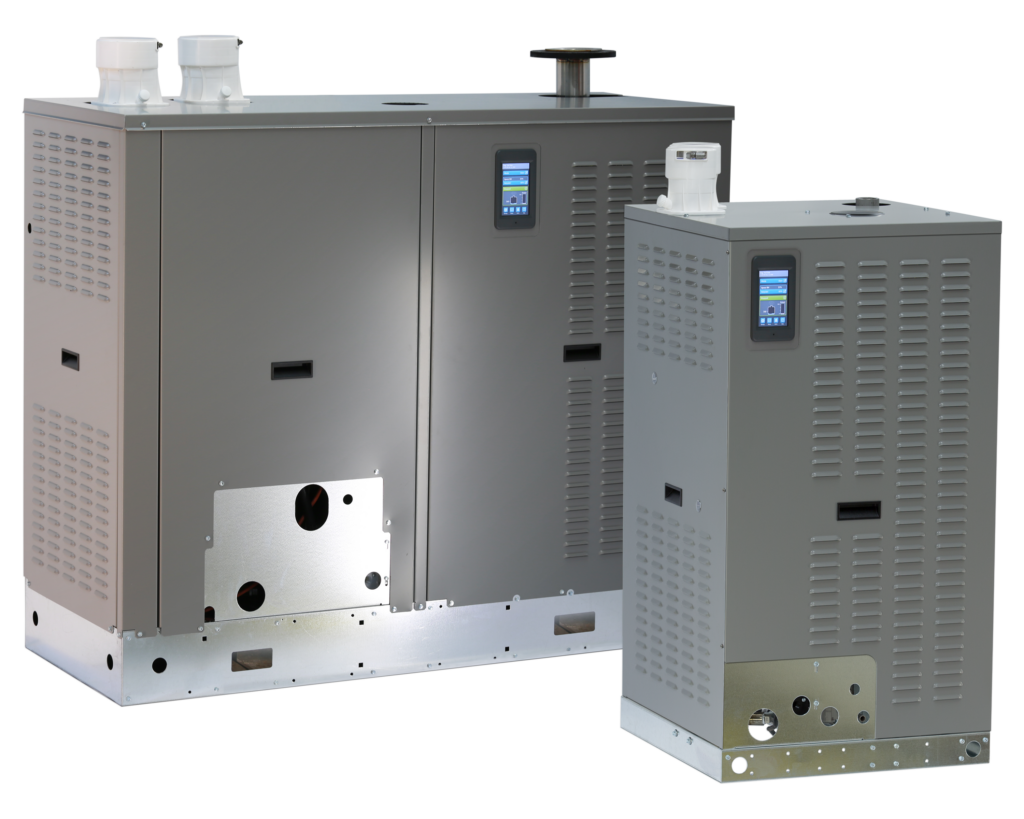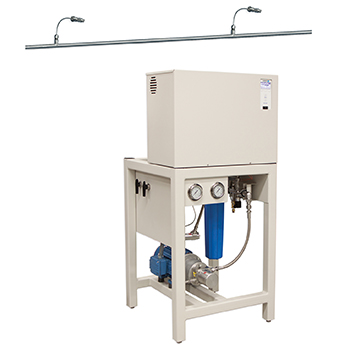Website Content for DriSteem Representatives
The content on this page has been gathered for DriSteem representatives to use when updating their websites. Below is a general description of DriSteem, product information, benefits of humidification, and resources for engineers.
Please note that this website content contains links to DriSteem product pages and literature. If you use these links (instead of downloading literature) then you can be sure that your website will contain the most current information. Using these links will also help potential customers find your site – they are called “backlinks” and they can help your site rank higher in search engines such as Google and Bing.
Also, all of the photos below can be easily downloaded by right-clicking on the image and selecting “Save image as…” in the drop-down menu that appears.
If you have any questions, or would like additional marketing support, please contact Valerie Bradt at valerie.bradt@dristeem.com.
Humidifiers and Steam Dispersion
DriSteem offers industry-leading humidity management solutions for the built environment to optimize manufacturing processes, preserve fine art and other materials, and create a healthy environment for occupants. DriSteem has earned their reputation as the humidification experts by supporting unique commercial, health care, industrial, and process-critical applications for more than fifty years.
For more information on DriSteem products:
- All Product Brochure (English metric)
- Brochure tous produits (French)
- Broschüre zu allen produken (German)
- Brochure met alle producten (Dutch)
- Catálogo de todos los productos (Spanish)

logo to your website.
Steam Humidifiers (Isothermic)
Steam, or isothermic, humidifiers vaporize water into humidification steam in order to add moisture to indoor air. They use electricity, natural gas, propane, or pressurized steam as an energy source. The Vapor-logic® controller provides monitoring and diagnostics for DriSteem humidifiers, ensuring that the unit is operating optimally. These humidifiers are available for either indoor or outdoor placement.
Electric resistive steam humidifiers boil water using electric resistive heating elements that are submerged in a stainless steel cleanable tank. DriSteem offers a number of choices for this type of humidifier:

Electrode steam humidifiers boil water by using the electrical resistance in conductive fill water. DriSteem’s XT series electrode steam humidifiers are among the most affordable humidification systems to purchase and maintain. Just replace the worn steam cylinder when prompted.

Gas-to-steam humidifiers use natural gas or propane to boil water in a cleanable stainless steel tank. The condensing design of DriSteem’s GTS LX gas humidifier results in the highest efficiency gas-fired humidifier available on the market. In addition, the GTS LX has greatly reduced nitrogen oxide (NOx) emissions for environment protection and sustainability.

Steam-to-steam humidifiers create chemical-free, low pressure humidification steam using boiler steam as the energy source. DriSteem’s STS humidifier is a closed-loop system, so no boiler steam or chemicals enter the humidified space.

Evaporative Cooling and Humidification
DriSteem’s Adiatec high-pressure system provides evaporative cooling and humidification to multiple zones in a building by pulling the existing heat from air to evaporate unheated water. The subsequent evaporation causes air temperature to drop, reducing the cooling load – providing significant energy savings when cooling and humidifying simultaneously.

Why Humidify
Gain a competitive advantage by controlling a building’s relative humidity (RH) to significantly improve production processes and product quality. Protect against low or fluctuating relative humidity (RH) levels that can damage wood, textiles, paper, leather, fibers, and foods. Proper RH levels can also significantly lower absenteeism at work and schools by reducing the spread of respiratory illness.
Healthy Environments
Process Improvement
Preservation
COVID-19 Resources

Increase up-time in manufacturing processes
Reduce product waste and damage to materials
Create a healthy and comfortable environment for occupants
